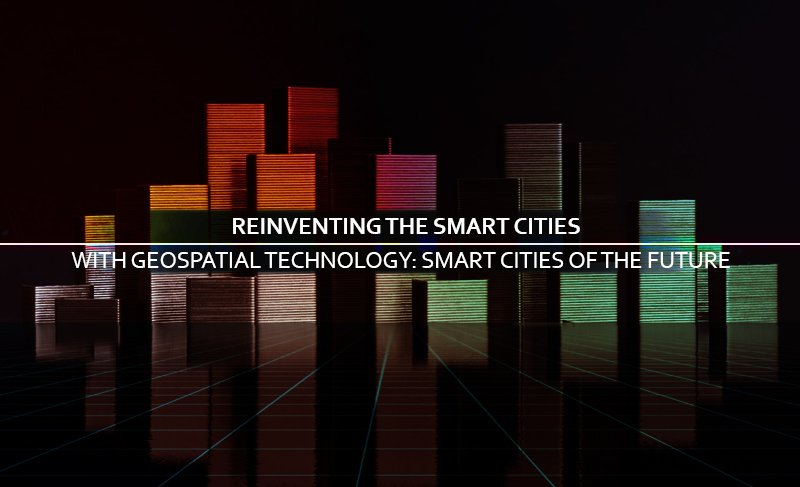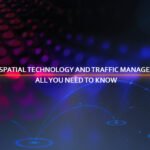
Reinventing the Smart Cities with Geospatial Technology: Smart Cities of the future
“Smart Cities are leveraging the Geospatial Technology that helps users acquire data referenced to the earth’s surface, enabling them to make smart decisions based on the actionable insights they gather from the technology which will only be more fruitful in the years to come.”
What if we tell you that Geospatial Technology has an unmatched potential to revolutionize the entire Smart Cities space in the coming years, which is visible with the current impact it has shown in how smart cities projects are being utilized.
With government agencies, and corporations going all bonkers about getting smart city projects in place and witnessing the rising need for such smart projects, it has only become magnanimous for the communities to leverage the benefits it offers.
Geospatial technologies possess enormous potential to implement smart solutions to make a city smarter.
Regarding the application of geospatial for smart cities, geospatial technologies are applied across the smart city subsystems such as energy, water, transportation, public safety, citizen services, and city governance, among others, encompassing vital elements needed for a smart city project.
A smart city’s ultimate goal is to improve the efficiency in managing the city infrastructure and enabling collaboration in the planning, construction, monitoring, and management of the entire city’s infrastructure.
Recent research suggests that the global market value of smart cities will reach USD 700 Billion, and such a massive figure creates more scope for organizations to leverage the geospatial technology and its unique benefits.
Geospatial Technology and Smart Cities
As Geospatial Technology gains traction in Smart Cities, it becomes imperative for government agencies and corporates to work in tandem to harness the maximum with the minimum and that is achieved by continuous investments in Geospatial Technology.
The story does not end here; it also stresses the very fact of community collaboration, which is an integral part of implementing any public project.
With their unparalleled benefits, organizations realize this fact and deliver the value of growth, resilience, and productivity.
Organizations design specific frameworks that cover all the required elements of Geospatial technology to gain the maximum from the minimum. One such framework, for instance, is discussed below.
1.Sensing Layer
It continuously monitors the parameters of city subsystems, consisting of a network of machines, sensors, IoT devices, and human sensors. It delivers growth, promotes resilience, and harnesses productivity.
2.Data Layer
This layer consists of federated databases that ease the functioning of urban bodies and municipalities and the departments supporting the city infrastructure, such as transportation, supply chain, and utilities.
3.Business Layer
This consists of models that utilize analytics, visualization, business logic, semantics, and data metadata to enable organizations to gain the maximum value from geospatial technology.
4.Application Layer
This particular layer consists of various applications used by the citizens, municipal staff, and administrators related to multiple departments of the smart city, thereby leveraging digital tools and technologies that further drive geospatial technology.
The frameworks are just matrices, set of process, and regulations. What matters the most is their proper execution, enabling a smart city project to succeed. Also, when government agencies invest massively in such technology, the benefits derived from such technologies outnumber the investments. Hence, execution forms the core of a smart city project.
It is not a very novice concept as cities have been using geospatial technology for a long and taking essential steps to improve their services and operations.
For instance, one of the significant benefits of geospatial technology is delivering increased speed, accuracy, and cost-effectiveness to a wide range of government priorities.
Furthermore, it focuses on crime prevention, disaster recovery, facility planning, and management to deliver ICT and geospatial technologies at various stages.
Conclusion
The potential that geospatial technology holds is pretty well known.
Research has suggested its noticeable contributions to driving a smart city project, enabling organizations to attain maximum benefits with minimum investments.
The problem arises when the effective implementation of such projects is attained; that’s where the potential of geospatial technology gets harnessed.
With its widespread applications and unmatched benefits, the technology will only be going to flourish in the upcoming years.





